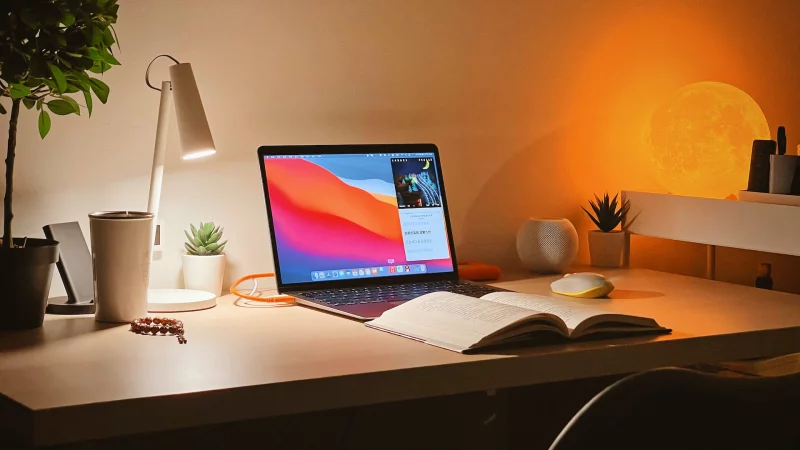
Firstly, it is important to realise that we all learn differently. Fortunately, there is a way to estimate your personal learning style before initiating any kind of test prep strategy. Take a look at the eight learning styles described in the video.
Learning styles
#1: Bodily kinesthetic
Do you typically need to do something in order to learn it? If you feel the urge to flip through note cards or write down information, it means that you fit into this active learning style.
#2: Spatial
This learning style is more visual. People who prefer thinking in pictures or like to organise their study setting with visuals and graphics fit into this category.
#3: Musical
This type of learner thinks in sounds, melodies, rhythm, and rhymes. Perhaps you feel most comfortable when you are listening to a podcast or watching a video. This may help you consume and digest information more easily.
#4: Linguistic
According to Ms Miele, the linguistic types of learners excel in reading, writing, and speaking. People in this learning category prefer repeating out loud what they are studying and use language to make sense of new information.
Check out: GRE Overview and FAQs
#5: Logical/Mathematical
If you think in terms of cause-and-effect connections and have good problem solving and calculation skills, you might fit into this category. Writing down the problem step-by-step may help you learn more efficiently.
#6: Interpersonal
People with an interpersonal learning style do well when learning from others or when studying in a group of people. Group interaction can be distracting for some, but beneficial for others.
#7: Intrapersonal
If you feel most productive when studying on your own, then you might have the intrapersonal learning style. You excel in reflecting on your own experience and perform at your best in a quiet environment.
#8: Naturalist
Finally, there are some people who feel best when studying outdoors. If you notice that you gain positive energy when spending time outside, you might want to consider this environment for your studies as well.
Check out: What Is a Good GRE Score? (Video)
Memorisation techniques for GRE
Once you have figured out your personal learning style, you can use and combine different tactics to study for the GRE more efficiently. For example, to memorise math facts more easily, you can make a two-column sheet. On the right-hand side, you can put all the mathematical formulas that you need to know. Then, you need to put the names of these formulas on the left-hand side. After the table is done, cover the right-hand side which lists the formulas and start reviewing them one by one.
When it comes to learning the different strategies for the GRE test, Ms Miele suggest taking a checklist sheet of paper and listing all the different question types featured on the exam. Go systematically through each type of question and think of the strategies that you need to master in order to solve each problem. This tactic can also be combined with the one explained above.
In addition, when studying for the GRE, it is a good idea to take note of the mistakes you make. You could record those in a PowerPoint presentation or in a simple Word document. Type in the specific questions you got wrong as well as the strategy you used to solve them.
Finally, it is important not to cram too much information in your study routine too quickly. Give yourself some time to study and space out your learning sessions in regular intervals so that you can acquire new information and memorise it efficiently.


Comments